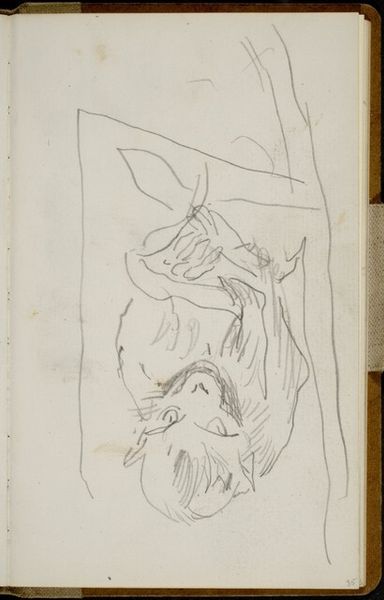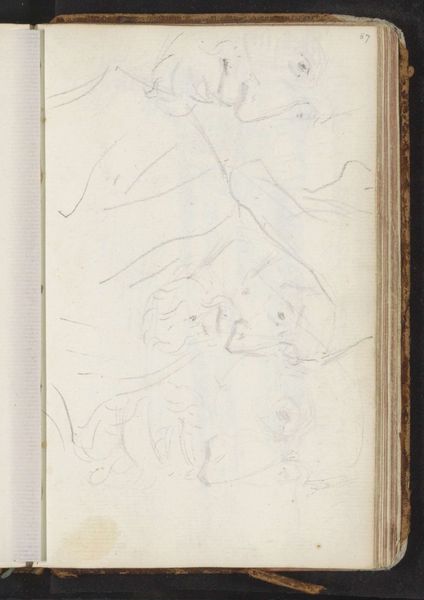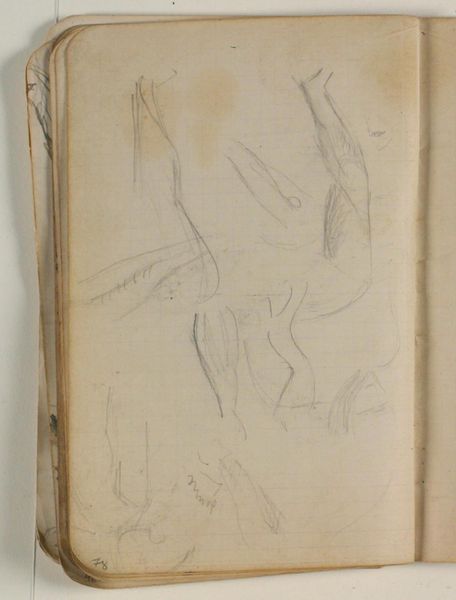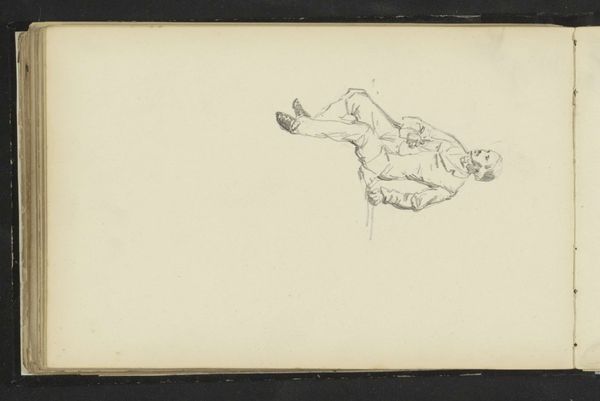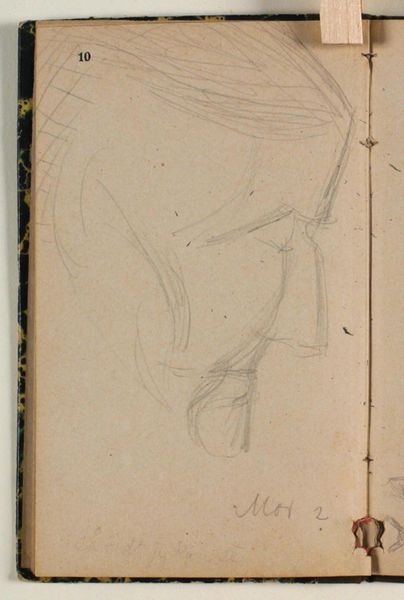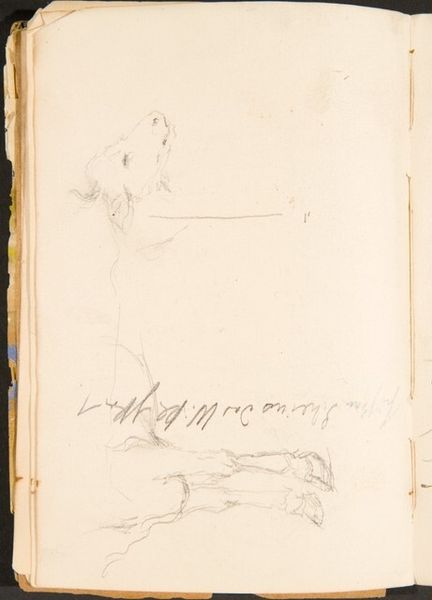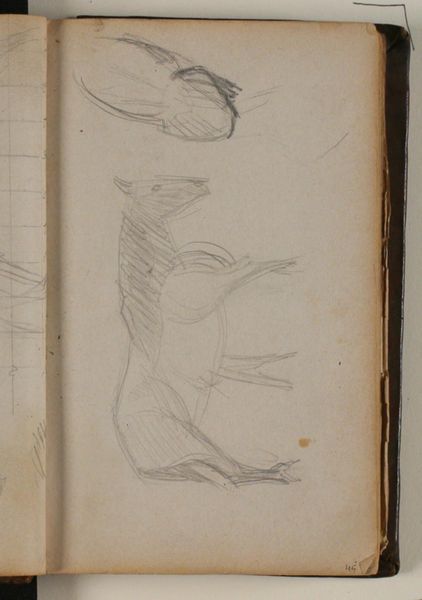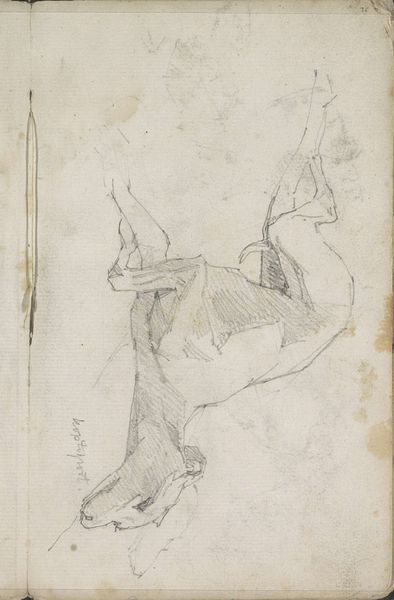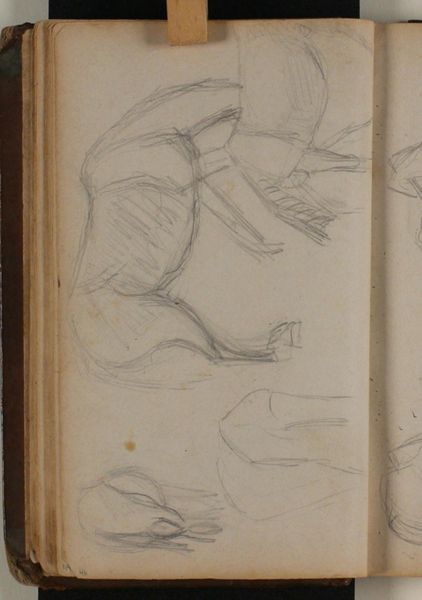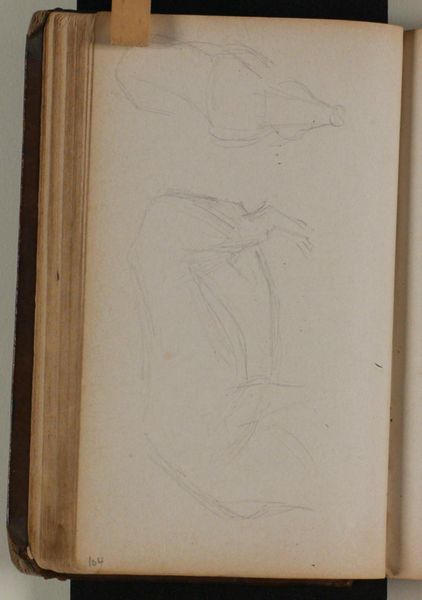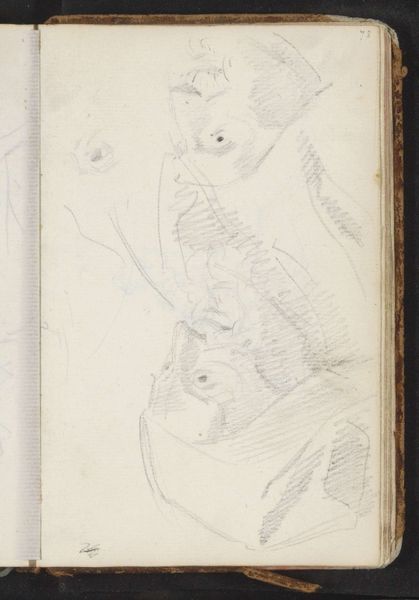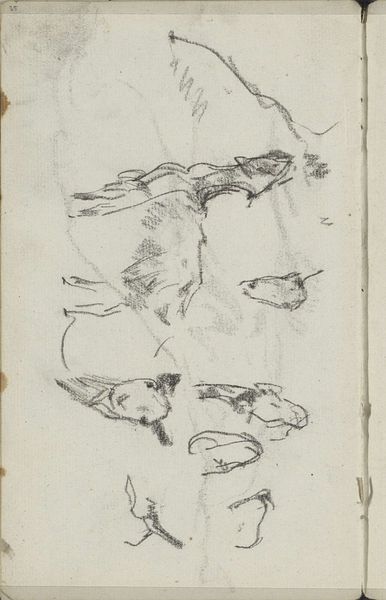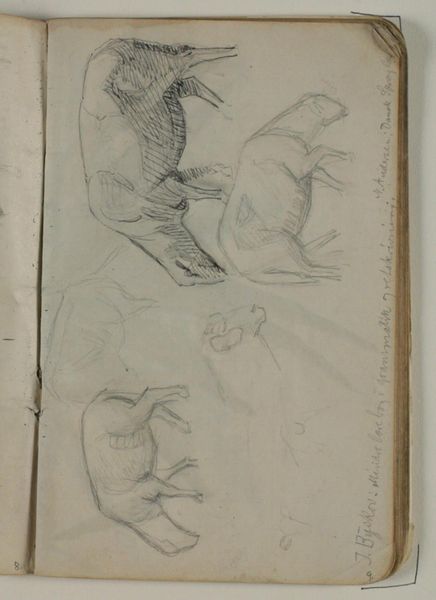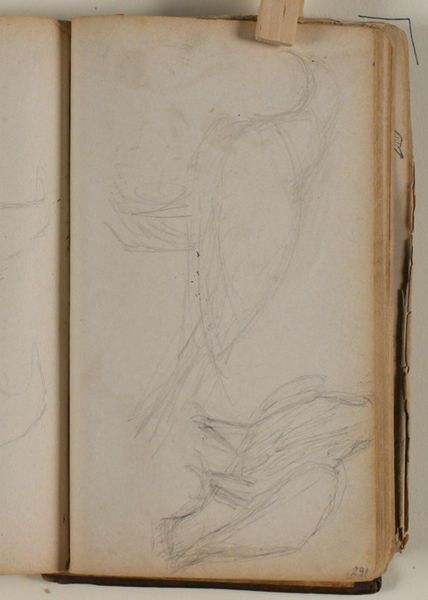![Zwei Studien eines Ochsen (Two Studies of a Bullock) [p. 8] by Max Beckmann](/_next/image?url=https%3A%2F%2Fd2w8kbdekdi1gv.cloudfront.net%2FeyJidWNrZXQiOiAiYXJ0ZXJhLWltYWdlcy1idWNrZXQiLCAia2V5IjogImFydHdvcmtzLzU0OTFiMDllLWFkZTItNDJkOS1iMTVlLTg0NTIzNjc2YTRjOS81NDkxYjA5ZS1hZGUyLTQyZDktYjE1ZS04NDUyMzY3NmE0YzlfZnVsbC5qcGciLCAiZWRpdHMiOiB7InJlc2l6ZSI6IHsid2lkdGgiOiAxOTIwLCAiaGVpZ2h0IjogMTkyMCwgImZpdCI6ICJpbnNpZGUifX19&w=1080&q=75)
drawing, pencil
#
drawing
#
landscape
#
figuration
#
pencil
#
realism
Copyright: National Gallery of Art: CC0 1.0
Max Beckmann made these “Two Studies of a Bullock” using graphite on paper, likely sometime in the first half of the twentieth century. It’s a humble combination of materials, yet perfectly suited to its purpose: recording a direct impression of the animal’s form. The texture of the paper is soft and absorbent, allowing the graphite to leave a delicate trace. You can almost feel Beckmann’s hand moving across the surface, capturing the weight and mass of the bullock with swift, confident lines. This isn’t a highly finished work, but rather a study – a way for the artist to understand the subject. The sketch emphasizes the relationship between the artist's hand, the qualities of the animal subject, and the paper's surface. Through the act of drawing, Beckmann engages in a kind of labor, transforming the ordinary materials of paper and graphite into an intimate record of observation. In doing so, the artwork reminds us that even the simplest of materials can be imbued with meaning and significance through the process of making.
Comments
No comments
Be the first to comment and join the conversation on the ultimate creative platform.
